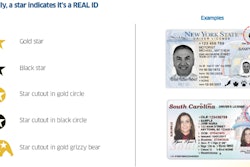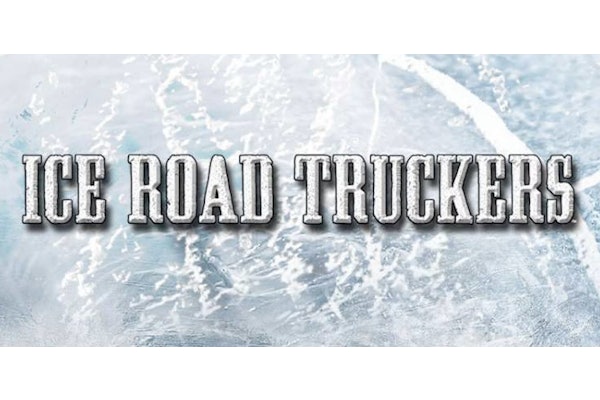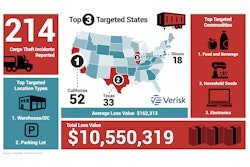
When the Commercial Vehicle Safety Alliance’s International Roadcheck rolls around this spring, enforcement officers are going to be looking at the most important component on your truck: you.
Scheduled for May 5-7, high-visibility three-day enforcement initiative this year will focus on the driver requirements category of a roadside inspection. That list is long, and includes, among other things:
- current valid CDL
- up-to-date DOT medical certificate
- record of duty status
- no drugs or alcohol
- seat belt use
- proof of insurance
- evidence of periodic inspections
(You can see the entire list here.)
Over that 72 hours of the enforcement marathon, commercial motor vehicle inspectors throughout North America will conduct inspections of commercial motor vehicles and drivers.
“With last year’s federal electronic logging device full-compliance mandate in the U.S., the Alliance decided that this year’s International Roadcheck would be the perfect opportunity to revisit all aspects of roadside inspection driver requirements,” said CVSA President Sgt. John Samis with the Delaware State Police.
Here’s what to expect when they’re inspecting
During International Roadcheck, CVSA says inspectors primarily will conduct the North American Standard Level I Inspection, a 37-step procedure that includes two main categories:
- an examination of driver operating requirements
- vehicle mechanical fitness.
A third category, hazardous materials/dangerous goods, may also be part of a Level I Inspection.
Depending on weather conditions, available resources or other factors, inspectors may opt to conduct the Level II Walk-Around Driver/Vehicle Inspection, Level III Driver/Credential/Administrative Inspection or Level V Vehicle-Only Inspection.
During an inspection, the inspector will collect and verify the driver’s documents, identify the motor carrier, examine the driver’s license or commercial driver’s license, check record of duty status and review periodic inspection report(s). If applicable, the inspector will check the Medical Examiner’s Certificate, Skill Performance Evaluation Certificate and the driver’s daily vehicle inspection report. Inspectors will also check drivers for seat belt usage, illness, fatigue, and apparent alcohol and/or drug possession or impairment.
The vehicle inspection includes checking critical vehicle inspection items such as: brake systems, cargo securement, coupling devices, driveline/driveshaft components, driver’s seat (missing), exhaust systems, frames, fuel systems, lighting devices, steering mechanisms, suspensions, tires, van and open-top trailer bodies, wheels, rims and hubs, and windshield wipers.
If no critical vehicle inspection item violations are found during a Level I or Level V Inspection, a CVSA decal will be applied to the vehicle, indicating that the vehicle successfully passed a decal-eligible inspection conducted by a CVSA-certified inspector. However, if a required rear impact guard is inspected during a Level I or Level V Inspection and violations are present, a CVSA decal will not be issued.
If an inspector does identify critical vehicle inspection item violations, he or she may render the vehicle out of service if the condition meets the North American Standard Out-of-Service Criteria. This means the vehicle cannot be operated until the vehicle violation(s) are corrected. A driver can also be placed out of service for driver credential-related issues or driver conditions, such as fatigue or impairment.
According to the U.S. Federal Motor Carrier Safety Administration’s fiscal 2019 data (as of Dec. 27, 2019), of the 3.36 million inspections conducted, 944,794 driver violations were discovered, of which 195,545 were out-of-service conditions.











